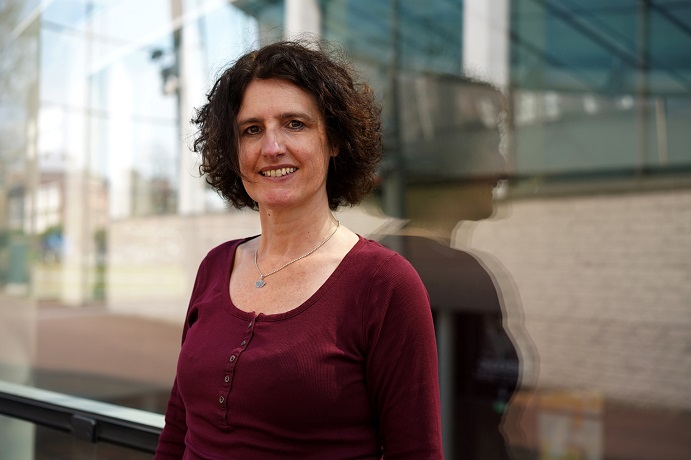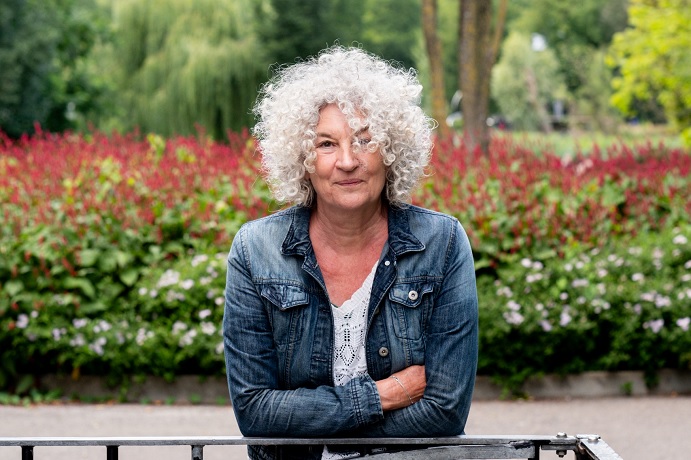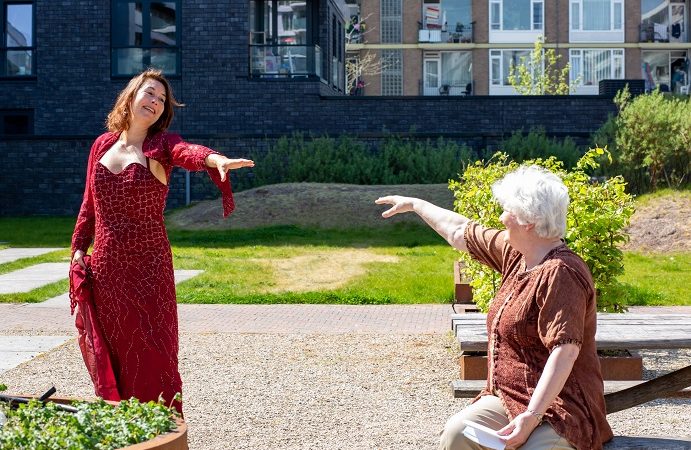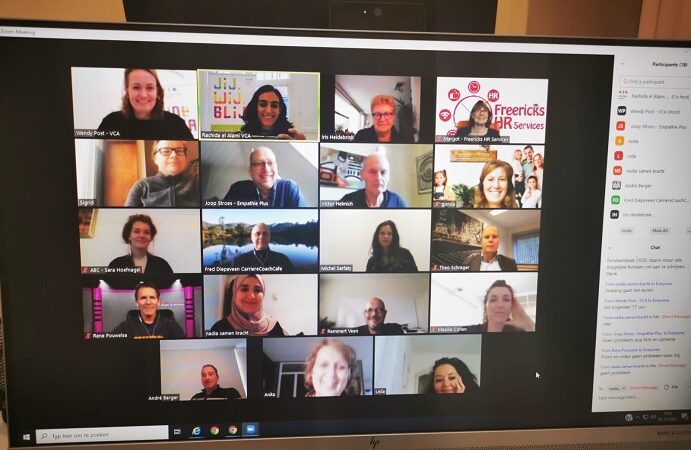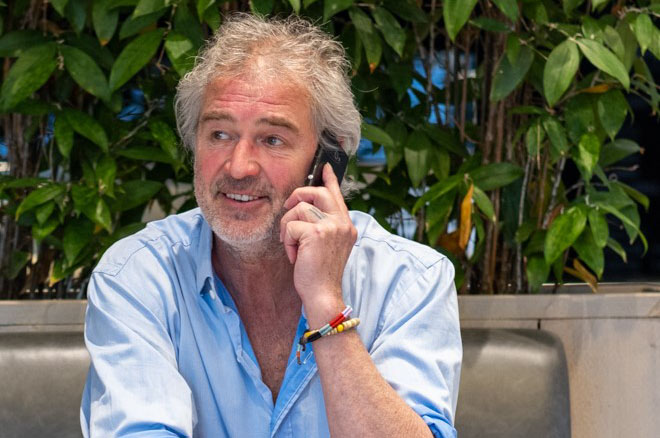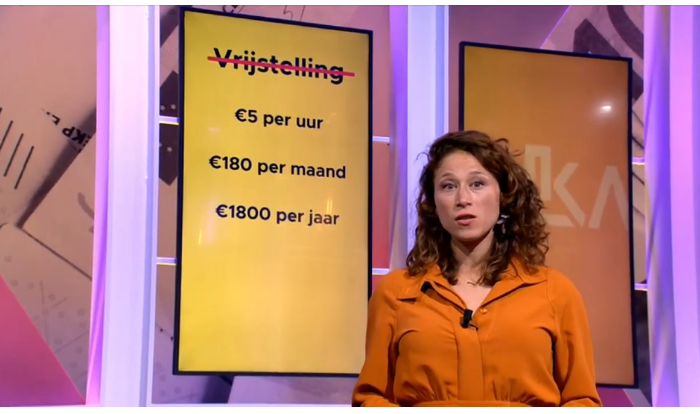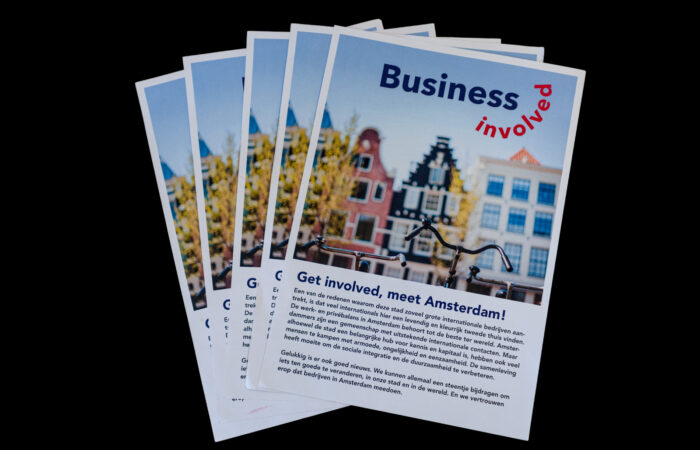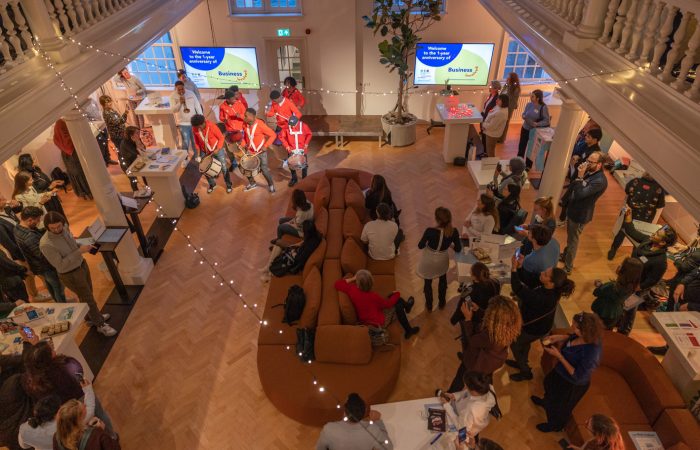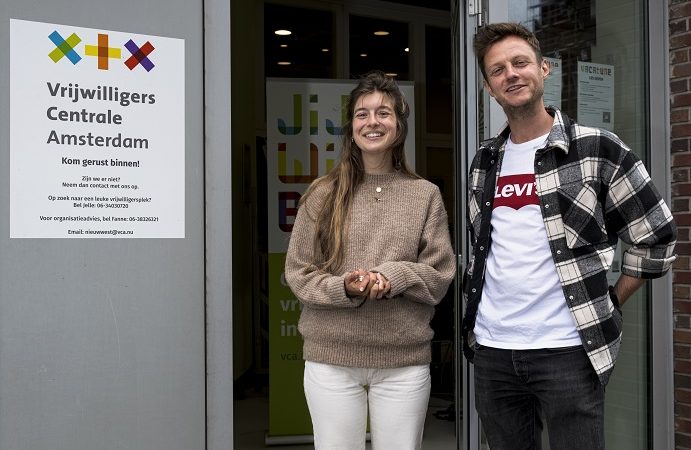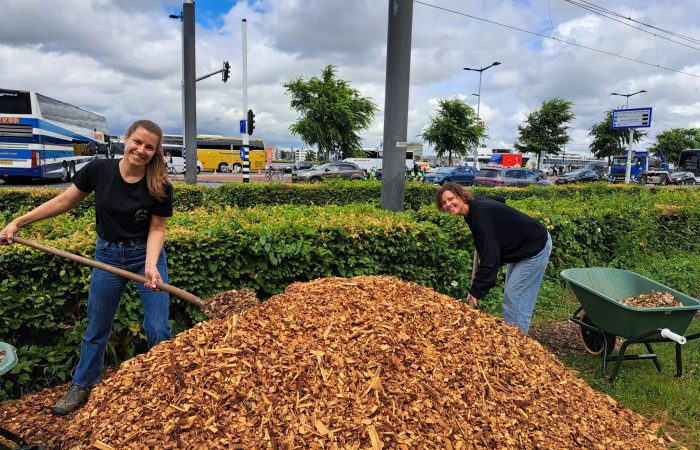Corona also sparks creativity and new ideas that require voluntary commitment during and after the crisis. In November, we organized two inspiration sessions with organizations, and these tips emerged from them.
How do you connect with others?
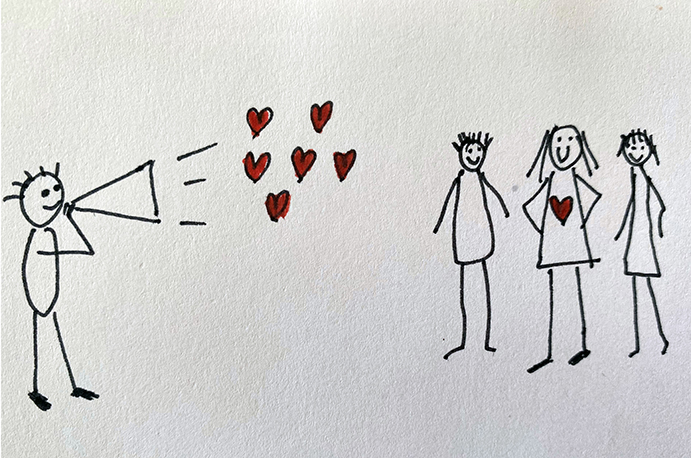
I want to involve people in my project, how do I do that? How do I get in touch with people from the neighborhood? And, how can I ensure that these people start to feel co-responsible? Many initiatives struggle with these questions. That’s why we organized an inspiration session on this topic. What are good strategies and what are pitfalls?The consultants at VCA often receive the question: How can I make my initiative or project bigger? How can I get people excited so they will help me? How can I make them take responsibility? Many people help for a short time and then disappear. How do I change that?
Pre-questions
First, ask yourself a few questions:
- Who do I want to connect with?
- What do I want to ask someone else?
- What can I offer to someone else?
- Which key figures do I know in my neighborhood/in my field of work?
- Do I ever chat with neighbors on the street?
- Am I going to networking events/community meetings/social gatherings?
- Can I tell a nice story about my project in just a few minutes?
- Do I consistently pay attention to involving others?
But before you start, you need to knowwhy you want to establish a connection, with whom and where you can meet that person.
How do you connect with the other?
Let’s dive a little deeper.
- What do you tell about your project?
Participants in the inspiration session felt that you should actually start by showing interest in the other person, engaging in dialogue. That’s correct. But what do you tell about your project or organization?
The most inspiring thing about your project or organization is its motivation. What is the meaning of your project? Why was it started or is being set up? Talk about the people who are helped by this project, about its impact on them. And what are your personal motivations? If people are touched by the motivation, if they share that same motivation, then a ‘click’ is created. Then, of course, you talk about the background, the plans, who is involved, what challenges you face, and above all: thesuccesses. Do all of this in an enthusiastic way.
What is the meaning of your project?
Art is being able to tell a passionate story about your motivation, your Why, in a short amount of time.
The pitfall is to mainly talk about the What of the project: that you give lessons to young people or organize a dining club for the elderly. These are the concrete actions that result from your driving force, namely to offer young people better opportunities or to prevent loneliness in the elderly.
Take a look at this shortEpisode of BacklightAbout the Meaning Economy (13 min) or theTed Talk by Simon Sinekover Start with Why (18 min).
- What questions do you ask others?
Don’t talk too much about yourself, quickly ask questions to the other person, or even start with that. Inquire about his or her interests and activities, needs and motivations in (volunteer) work, in life. Dig deeper. Is there a connection with your project?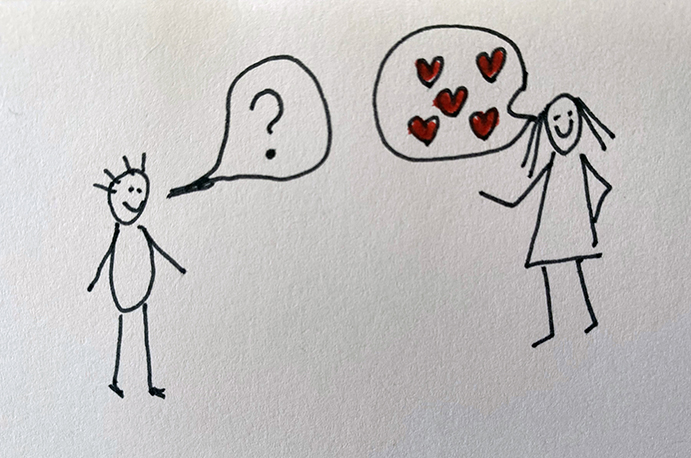 Fun questions to ask:
Fun questions to ask:
- What makes you happy?
- Do you have hidden talents?
- What makes your heart beat faster?
- Which problem would you prefer to solve right away?
- What are you worried about?
- Can I do something for you?
- How could you help further my project?
- What tip do you have for my project?
- Do you know anyone who is interested in my project?
The art is to listen well and see opportunities.
The pitfall is that you talk too much about your own project and empathize too little with the other person.
- At which stage of the project do you involve people?
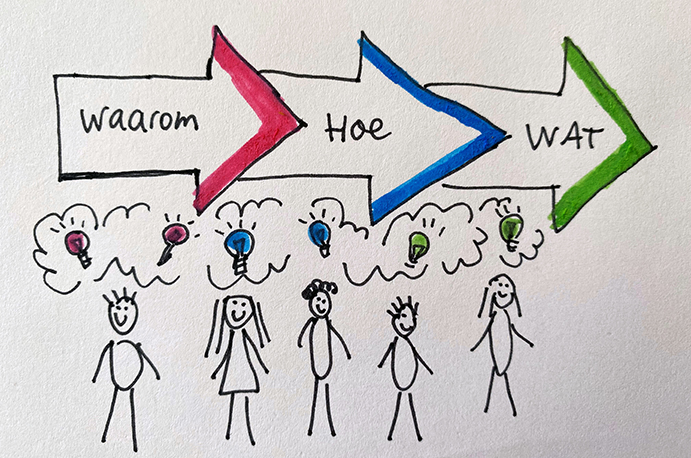 When setting up a new project, you can involve people from the beginning. Let people think about the Why of the project. What impact do you want to make and what is the project’s contribution to this? How will you then do this, in what way? Finally, think about the concrete services or activities. The sooner you involve people in this process, the more they will feel like owners of the project: they helped create it themselves!
When setting up a new project, you can involve people from the beginning. Let people think about the Why of the project. What impact do you want to make and what is the project’s contribution to this? How will you then do this, in what way? Finally, think about the concrete services or activities. The sooner you involve people in this process, the more they will feel like owners of the project: they helped create it themselves!
“Tell me and I will forget.
Show me and I will remember.
Involve me and I will understand.
Step back and I will act.”
Art is creating enough frameworks to start with.
The pitfall is creating too few frameworks and people not understanding what is expected of them.
- What is your role?
Think about your role within the project. Are you a co-implementer, coordinator, ultimate responsible, or facilitator? Your role influences how others position themselves. If you can let go, others will take responsibility. As a facilitator, you look at what the group and group members need to function. One group needs little, the other a bit more.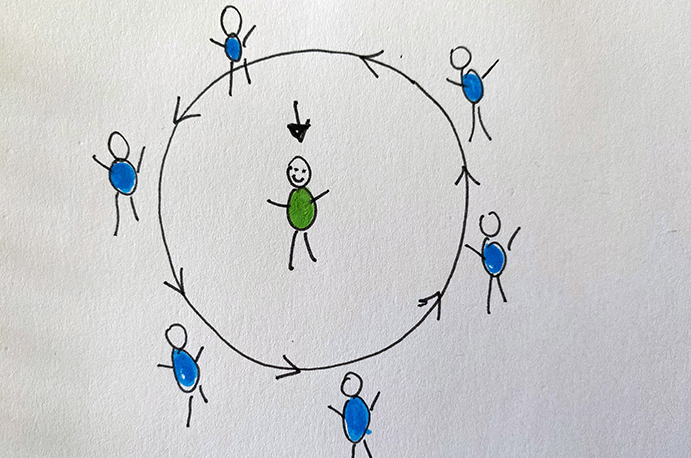 It may also be that you have a larger role in the project. Be realistic and do not expect people to feel responsible for your tasks.
It may also be that you have a larger role in the project. Be realistic and do not expect people to feel responsible for your tasks.
Art is letting go.
The pitfall is that you do not pay enough attention to the successes of the group.
Need personal advice?
VCA is there for all volunteer organizations in the city, to help with questions regarding volunteering. Look for an advisor in your city district.on this website.


